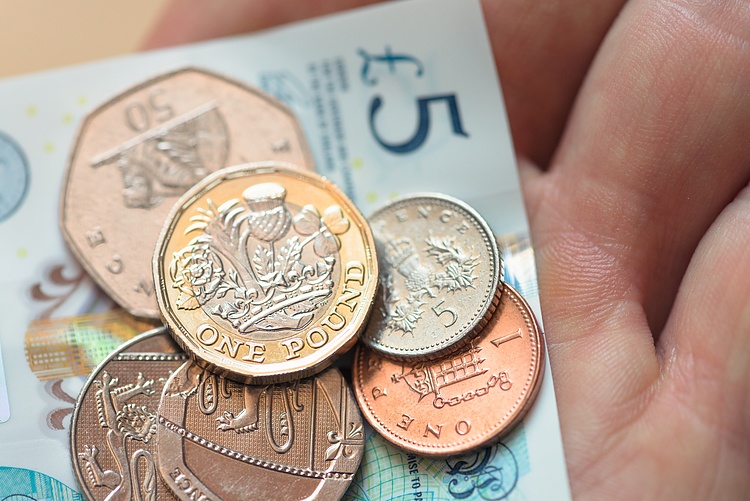The GBP/USD pair is starting the week on a downward trend, struggling to stay above the 1.3000 mark. Sellers are looking to target key support levels at last week’s low of 1.2973, as well as the 100-day moving average (DMA) at 1.2959 and the 200-DMA at 1.2796. On the other hand, buyers need to reclaim the 1.3100 level to challenge the 50-DMA at 1.3133 and aim for the year-to-date (YTD) high of 1.3434.
The Pound Sterling is facing pressure against the US Dollar amidst increasing tensions in the Middle East, leading to a risk-off sentiment in the market. Despite China’s efforts to boost its economy, the GBP/USD pair is currently trading at 1.2997, down 0.38% from previous levels.
In terms of technical analysis, the GBP/USD pair opened the week at around 1.3039 and reached a high of 1.3057 before falling below the 1.3000 level. Momentum indicators, such as the Relative Strength Index (RSI), suggest that sellers are currently dominant in the market. Sellers will need to breach last week’s low of 1.2973 to challenge the 100-DMA at 1.2959 and then target the 200-DMA at 1.2796. Buyers, on the other hand, will need to push the price above 1.3100 to test the 50-DMA at 1.3133 and ultimately aim for the YTD high of 1.3434.
The British Pound has shown strength against the Australian Dollar, as indicated in the percentage change table. The GBP was the strongest against the AUD compared to other major currencies like the USD, EUR, JPY, CAD, NZD, and CHF. The table shows the percentage change of the GBP against these currencies, reflecting the fluctuations in the GBP/USD pair and other GBP pairs.
The heat map provided visually represents the percentage changes of major currencies against each other. By selecting the British Pound as the base currency and comparing it to the US Dollar, for example, one can see the percentage change in the GBP/USD pair. This tool can help traders and investors analyze currency movements and make informed decisions based on these changes in the forex market.
In conclusion, the GBP/USD pair is facing downward pressure as sellers target key support levels, while buyers look to reclaim higher levels to challenge moving averages and reach new highs. The Pound Sterling’s strength against the Australian Dollar indicates some positive movement for the GBP in the forex market. Traders can use technical analysis tools and currency comparison tables to monitor fluctuations and make strategic trading decisions based on these trends.











